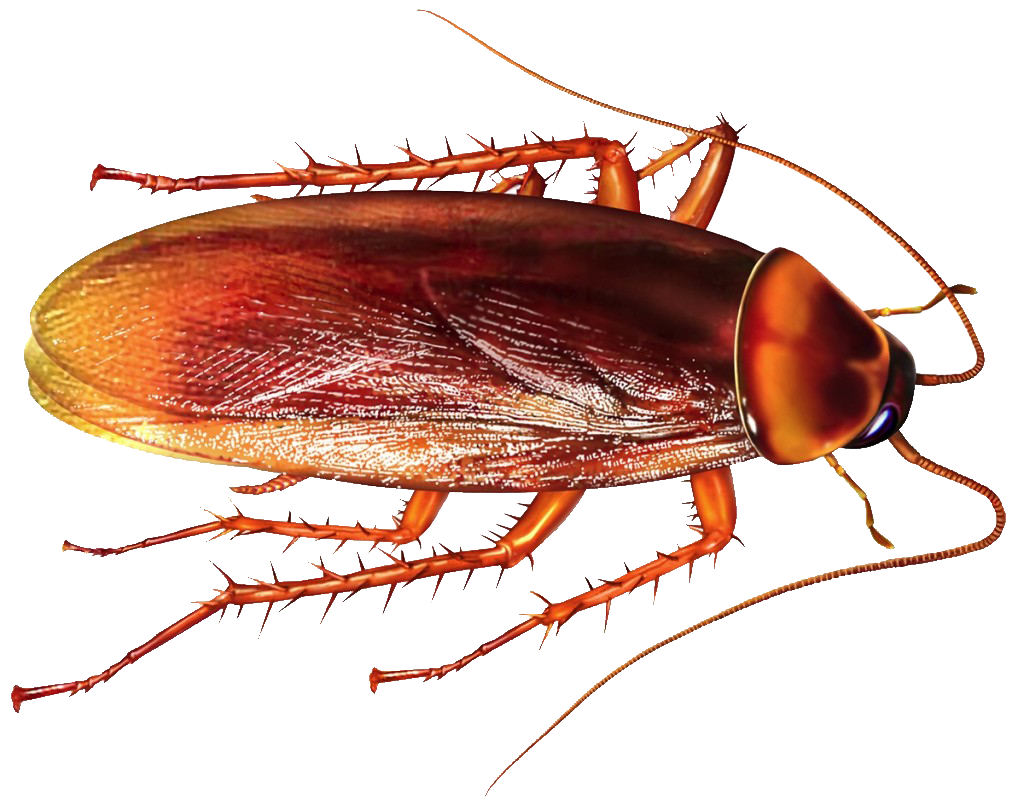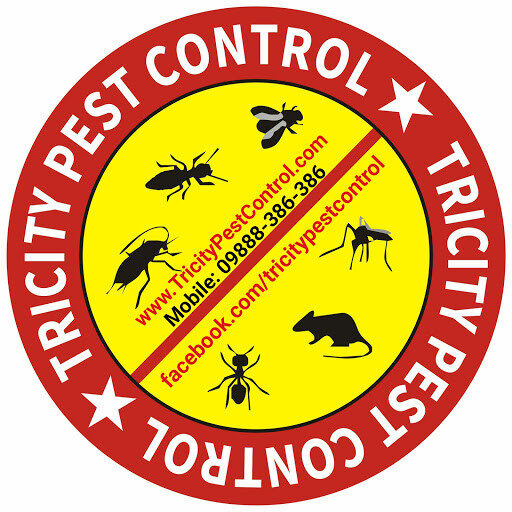Cockroaches: Characteristics, Behavior, and Risks
Cockroaches are oval-shaped insects with long antennae and six legs, varying in size and capable of reaching up to 2 inches in length. Known for their flat bodies, they can squeeze into narrow cracks and crevices. Cockroaches have a tough exoskeleton and rapid movement, enabling them to evade predators and find food. They are most active at night and are attracted to warm, humid environments. Despite their unsightly appearance and reputation as pests, cockroaches play a role in the ecosystem by aiding in the decomposition of organic matter.
Key Facts about Cockroaches:
- Adaptability: Cockroaches are highly adaptable, thriving in various environments from tropical forests to urban areas, known for their resilience.
- Nocturnal Behavior: Primarily nocturnal, cockroaches come out at night to search for food and water.
- Diet: Omnivorous, they eat almost anything, including food, paper, glue, and other insects.
- Speed and Agility: Fast runners and adept climbers, capable of moving quickly to escape threats.
- Reproduction: Rapidly reproducing, with females producing several egg cases in their lifetime, each containing multiple eggs.
- Health Risks: Pose health risks by contaminating food and surfaces with bacteria and pathogens, causing diseases such as food poisoning and allergies.
- Species Diversity: Thousands of species exist, with only a few considered pests like the German cockroach, American cockroach, and Oriental cockroach.
- Pest Control: Requires a combination of sanitation, exclusion, and chemical treatments, with regular cleaning and sealing entry points to prevent infestations.
- Survival Tactics: Evolved survival tactics include going without food for long periods, regrowing lost limbs, and developing resistance to pesticides.
- Ecological Role: Play a role in ecosystems by decomposing organic matter and serving as a food source for other animals.
Cockroaches are fascinating insects with remarkable survival abilities, but their presence can pose health risks and require effective pest control measures. Cockroaches are high-risk pests in homes and businesses, contaminating food, destroying property, and causing health threats. While DIY solutions may provide temporary relief, expert help is necessary to eliminate cockroaches and prevent re-infestation.
Risk of Cockroach Infestation:
- Health Hazards: Carry and spread pathogens causing diseases like salmonellosis, typhoid fever, and dysentery, contaminating food and surfaces.
- Asthma and Allergies: Trigger asthma attacks and allergic reactions, particularly in children, with exposure to allergens as a significant risk factor for developing asthma.
- Food Contamination: Feed on a variety of substances, contaminating food with bacteria and pathogens, leading to foodborne illnesses.
- Damage to Property: Feeding on and staining paper products, fabrics, and book bindings, leaving an unpleasant odor in infested areas.
- Rapid Reproduction: Reproduce quickly, leading to large infestations if not controlled.
- Resistance to Pesticides: Some species have developed resistance, requiring aggressive pest management strategies.
- Negative Impact on Reputation: Damages the reputation of businesses, leading to loss of customers and revenue.
To mitigate risks, address infestations promptly through effective pest control measures and maintain good sanitation practices to prevent re-infestation. If signs of infestation are observed, immediate cockroach control treatment is recommended.



